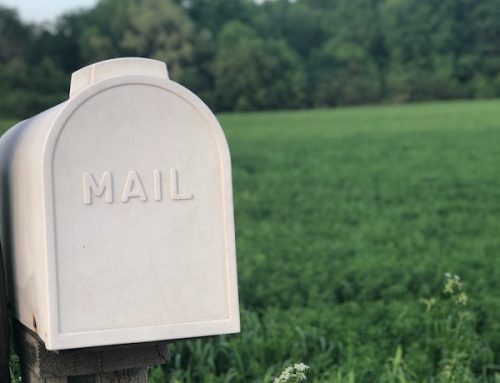
When purchasing real property in California you may discover that the property is subject to Mello-Roos. Mello-Roos is the common verbiage used to describe a tax that is imposed upon real property that falls within a Mello-Roos District. This tax or fee, which is a form of financing, can be used by cities, counties, and special districts (such as school districts) to help pay for major improvements and services within the district which might include schools, roads, libraries, police and fire protection services. Mello-Roos taxes are imposed in addition to the normal tax base applied to the real property for that area or development.
The tax was initially developed due to the limited ability of local governments to use property taxes to construct public facilities and services. The taxes usually are levied on a specific development for approximately 10-15 years or until the infrastructure bonds are paid off. You will need to check with your County Assessor’s office for the fees for your particular property.
It is important to know about this long-term additional expense when buying a home within a Mello-Roos District due to the costs added to the property’s tax base.
The California Land Title Association has written an in-depth description of Mello-Roos. You can read the full article. Below are key points from that article:
What is a Mello-Roos District?
A Mello-Roos District is an area where a special tax is imposed on those real property owners within a Community Facilities District. This district has chosen to seek public financing through the sale of bonds for the purpose of financing certain public improvements and services. These services may include streets, water, sewage and drainage, electricity, infrastructure, schools, parks and police protection to newly developing areas. The tax you pay is used to make the payments of principal and interest on the bonds.
What are my Mello-Roos taxes paying for?
Your taxes may be paying for both services and facilities. The services may be financed only to the extent of new growth, and services include: Police protection, fire protection, ambulance and paramedic services, recreation program services, library services, the operation and maintenance of parks, parkways and open space, museums, cultural facilities, flood and storm protection, and services for the removal of any threatening hazardous substance. Facilities which may be financed under the Act include: Property with an estimated useful life of five years or longer, parks, recreation facilities, parkway facilities, open-space facilities, elementary and secondary school sites and structures, libraries, child care facilities, natural gas pipeline facilities, telephone lines, facilities to transmit and distribute electrical energy, cable television lines, and others.When do I pay these taxes?
By purchasing an interest in a subdivision within a Community Facilities District you can expect to be assessed for a Mello-Roos tax which will typically be collected with your general property tax bill. These special tax payments are subject to the same penalties that apply to regular property taxes.How much will the Mello-Roos payment be?
The amount of tax may vary from year-to-year, but may not exceed the maximum amount specified when the district was created. In the case of the purchase of a new house within a subdivision, the maximum amount of the tax will be specified in the public report. The Resolution of Formation must specify the rate, method of apportionment, and manner of collection of the special tax in sufficient detail to allow each landowner or resident within the proposed district to estimate the maximum amount that he or she will have to pay.How are Mello-Roos taxes affected when the property is sold?
The Mello-Roos tax is assessed against the land, but is not based upon the value of the property, therefore, the possible increased value of the property does not affect the amount of the tax when property is sold. The amount of the tax may not exceed the original maximum amount stated in the Resolution of Formation. Any delinquent payments must be satisfied before the sale of the real property, since the unpaid amounts are a lien against the property.
When purchasing a home in California, buyers should be proactive in ascertaining if the home falls within a Mello-Roos District so they are knowledgeable about the additional tax on the home. Here are some avenues to obtain more information about the precise amount of taxes that will affect the property you are considering purchasing:
- Inquire with your Realtor who has the resources to investigate if the property has a Mello-Roos tax associated with it.
- The information can be found on the Seller’s transfer disclosure statement disclosing if the property is in a Mello-Roos District.
- The information is in the Mandatory Natural Hazard Disclosure report that the seller is required to provide to the buyer during the escrow process.
Interested in what you are reading? To automatically receive these Escrow Tips in your email box, subscribe to these articles at the top right corner of this site (Glen Oaks Escrow) in the box titled “Subscribe via Email”.
Become a fan of Glen Oaks Escrow on Facebook and follow us on Twitter.



